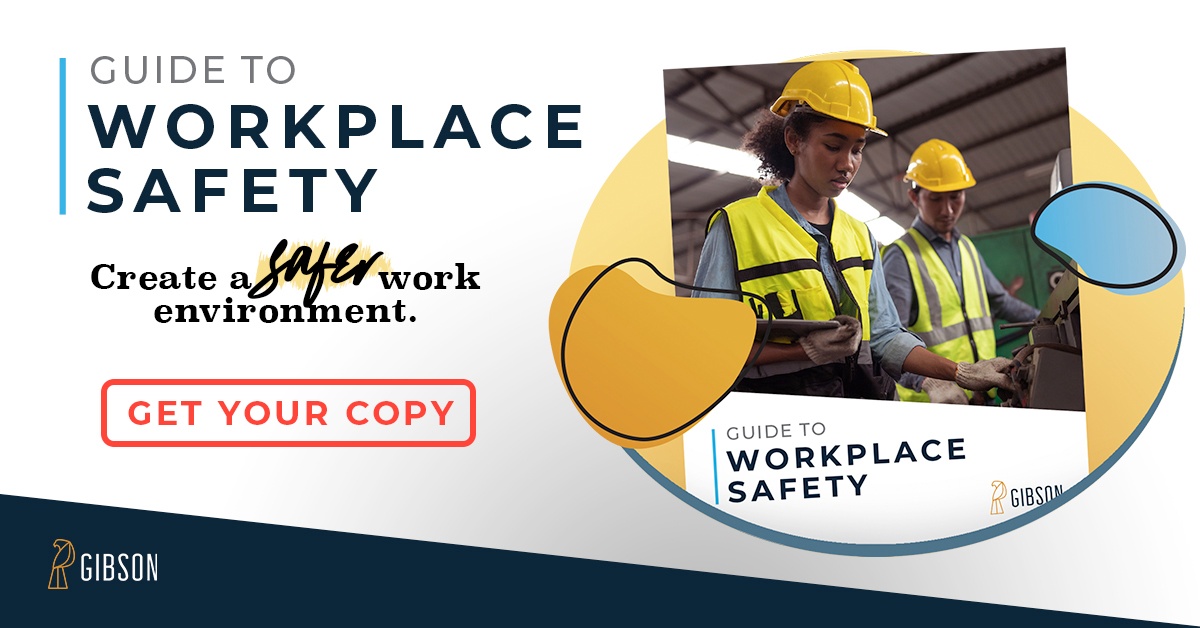 Effective December 1, 2013, your company will need to meet more stringent standards established by the Occupational Safety and Health Administration for training its employees on the handling of hazardous substances in the workplace. This new OSHA training is necessitated by the revised Hazard Communication Standard that OSHA put into place starting in March 2012.
Effective December 1, 2013, your company will need to meet more stringent standards established by the Occupational Safety and Health Administration for training its employees on the handling of hazardous substances in the workplace. This new OSHA training is necessitated by the revised Hazard Communication Standard that OSHA put into place starting in March 2012.
The Revised Hazard Communication Standard
For years, companies were required to store Material Safety Data Sheets (MSDS) that carried basic information about chemicals that are used in workplace settings. MSDSs covered the compound's make up, how it was used, and how to store it. It also discussed the risks that the compound posed as well as how to deal any problems with the compound. While OSHA's original Hazard Communication Standard required that each MSDS carry certain information, MSDS sheets could vary from producer to producer and from company to company.
In March 2012, OSHA revised the Hazard Communication Standard to line up with global standards. Under the new standard, which is gradually phasing in over a roughly three-year period from December 1, 2013 through June 1, 2016, the MSDS is being replaced by the Safety Data Sheet and chemical product labeling is also being revised. The new labels will conform with the United Nations-developed Globally Harmonized System while the new SDSs will have a pre-set format spanning 16 separate sections.
OSHA Training Requirements
OSHA training used to include coverage of the old labeling and MSDS formats. Now, your business will need to offer OSHA training on the new formats so that your employees can understand the new labels and data sheets. To comply with OSHA standards, your training must be completed by December 1 and must, at a minimum, cover the following topics.
Labels
Your employees should be able to understand the elements on a label. This includes information such as the product identifier that will line up with the SDS, the signal word that indicates the risk level of the compound, and the pictograms, hazard, and precautionary statements that provide a more detailed summary of the risks posed by the compound. Your employers should also understand how to use the label and how the information on the label can be used as a part of both safely using the compound as well as offering first aid, if necessary.
SDSs
SDS training must cover all 16 sections of the SDS so that your employees know where to look for the information that they need to safely use the compound. Your training should also cover the fact that the SDS is now standardized, so what works for one SDS will work for all of them. OSHA training standards also require you to discuss how the SDS links back to the label as a part of your discussion of the SDS, even if you already covered it as a part of your label training.
While OSHA makes training materials available on its website, you can also use an outside provider to train your employees and ensure that you remain OSHA compliant. Gibson's Risk Management and Loss Prevention service includes a broad spectrum of OSHA training. We can help your business to not just follow federal and state regulations but, more importantly, prevent accidents and keep your employees safe.




